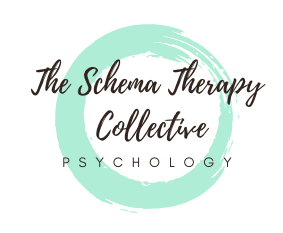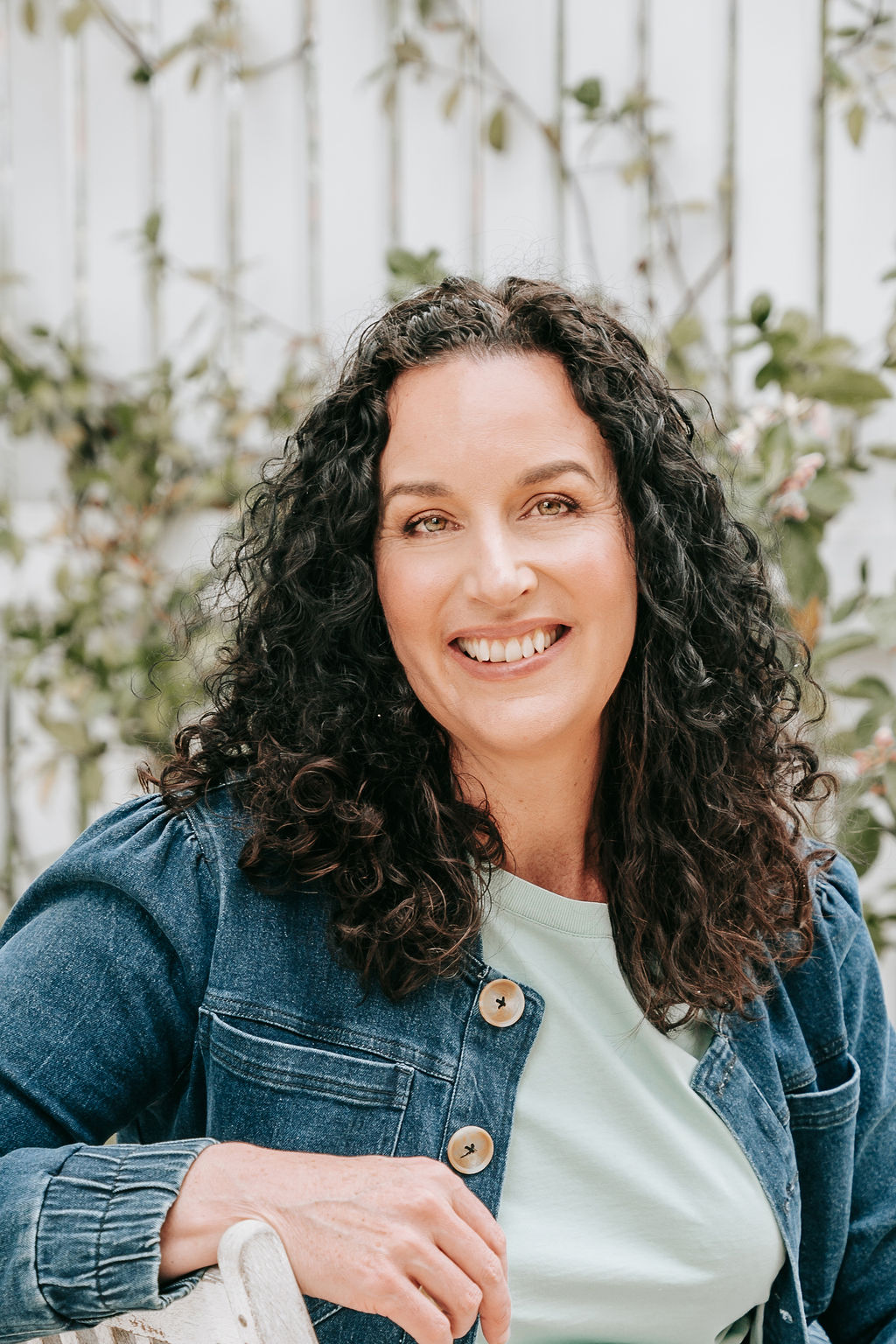Have you ever noticed that when you feel angry, you don’t always feel and act the same?
Or perhaps you’ve noticed that when other people direct their anger at you, you can have very different reactions to their anger.
Sometimes when other people are angry you feel scared, sometimes you feel put down, sometimes you feel irritated or perhaps even amused. Sometimes their expression of anger may bring a problem to your attention and even result in problems being solved.
This is because when people express anger, they do it from different sides of themselves. In schema therapy, we call these sides modes.
In this article, we’ll be looking at four modes that are commonly involved in expressing anger: angry child mode, angry protector mode, bully and attack mode and the Healthy Adult mode.
Anger is healthy and necessary.
Anger is a necessary emotion. It helps you understand when your boundaries are being crossed and to identify injustice. In schema therapy, we help you to come into contact with your anger and learn how to express it in a healthy way that helps your emotional needs get met.
Some people in therapy don’t express anger at all and need to be coached on the benefits of expressing anger so that their emotional needs can be met. They may even say “I never get angry.” or “I’m not an angry person.” Sometimes when people are depressed it is the result of their attempts to freeze their anger and it has resulted in them feeling next to nothing.
Some people in therapy have little or big problems as a result of how they express their anger. They need support to find healthy and effective ways to manage or communicate their anger in a way that doesn’t hurt others or cause problems at home or work.
Whether you are blocked from feeling and expressing your anger or you have problems as a result of how you express anger, both result in difficulties getting your emotional needs met and having satisfying relationships.
Angry child mode: You will know that you are in angry child mode because your anger will be quick to the surface and you may even do things that a child or teenager would do, like shout “That’s unfair” or slam doors. In schema therapy, the angry child mode has the job of sticking up for the rights of the vulnerable child mode (little you). The angry child is trying to make other people see what the problem is and what needs to be fixed. It doesn’t intend to harm or overpower others.
When you are on the receiving end of this mode, it can feel like someone is having a temper tantrum. This mode is common in people who excessively self-sacrifice. The angry child mode will occasionally explode to the surface when resentment builds. A common example that many people relate to, is the mother who occassionally goes into a rage about no one helping and no one caring about them.
Angry protector mode: You will know when you are in the angry protector mode because you will use your anger and resentment to push people away. This mode uses anger to keep people from knowing what you are feeling.
In schema therapy, the angry protector mode is a coping mode and its job is to hide your vulnerable feelings. This side of you might be irritable and say mean or harsh things. Other people will not feel threatened by your anger, but will feel repelled and they will keep their distance.
Bully and attack mode: You will know when you are in this mode because you will be trying to make people feel small and/or get something you want from them. You may stand over them, devalue them, threaten to hurt them or, to cause trouble for them in another way. When you are in bully and attack mode, other people will feel frightened of you and fear what is going to happen next.
The bully and attack mode is also a coping mode and its job is to take control and feel powerful when the vulnerable child mode is activated. This mode is commonly seen in people who perpetrate intimate partner violence and other crimes.
Healthy Adult mode: When your anger is expressed from your Healthy Adult mode it is assertive and seeks to ensure that your rights and your dignity are not dismissed or devalued. Anger from this mode is non-violent and non-threatening and you communicate clearly with the intent to seek a compromise or reasonable outcome.
Anger expressed from the Healthy Adult mode does not feel threatening to others. (This does not mean your expression of anger is always welcome or responded to well, but it has a better chance of being effective and maintaining good relationships).
Healthy expression of anger is important if you want a life in which you have quality relationships and get your emotional needs met. This requires you to be able to experience all of your feelings with kindness and understanding, managing inevitable conflict with others and also to take responsibility for your actions.
In schema therapy, you will learn how to meet your emotional needs and this includes being able to express anger effectively. When you can express anger in a healthy and balanced manner, you are well on the way to healing and living an emotionally healthy life.
Reference:
Young, J.E, Klosko, J. & Weishar, M. (2003).The Schema Therapy. A Practitioner’s Guide. NY: Guildford Press
Edwards, D. (2013). Using schemas and schema modes as a basis for formulation and treatment planning in schema therapy. Self-published PDF


